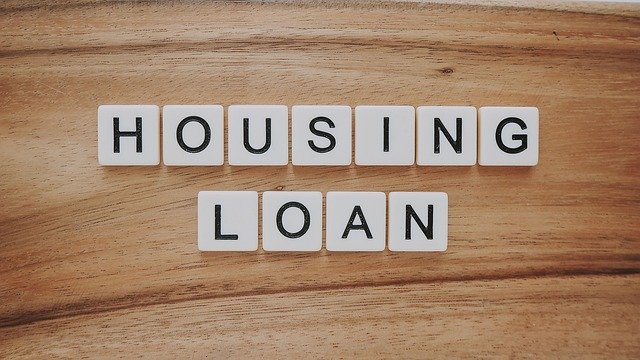Understanding Foreclosed Homes: Bank Repossessed Property Guide
Foreclosed homes represent properties that banks have reclaimed due to mortgage defaults, offering potential opportunities for buyers seeking real estate at below-market prices. These bank-owned properties, also known as REO (Real Estate Owned) properties, enter the market through various channels and require specific knowledge to navigate successfully. Understanding the foreclosure process, timeline, and purchasing procedures can help buyers make informed decisions when considering these unique real estate opportunities.

The foreclosure market presents a complex landscape where financial institutions manage properties they’ve reclaimed from defaulted mortgages. This process creates opportunities for buyers while presenting unique challenges that differ significantly from traditional real estate transactions.
What Are Foreclosed Properties
Foreclosed properties are homes that banks or lending institutions have legally reclaimed from borrowers who failed to meet their mortgage obligations. When homeowners default on their loans, lenders initiate foreclosure proceedings to recover their investment. Once the legal process concludes, the property becomes bank-owned, transitioning from a private residence to institutional real estate inventory. These properties often sell below market value as banks prioritize quick liquidation over maximum profit, making them attractive to investors and homebuyers seeking affordable options.
Bank Repossessed Houses for Sale Process
Bank repossessed houses enter the market through several channels, each with distinct characteristics and requirements. Banks typically list these properties through real estate agents, online platforms, or direct sales departments. The condition of repossessed homes varies significantly, as previous owners may have neglected maintenance or deliberately damaged the property before vacating. Buyers should expect to purchase these homes “as-is,” meaning banks rarely make repairs or offer warranties. The sales process often involves competitive bidding, cash offers, and shortened inspection periods, requiring buyers to act quickly and decisively.
How Long Can Banks Hold Foreclosed Properties
Banks face regulatory and financial pressures that influence how long they retain foreclosed properties. Most financial institutions aim to sell foreclosed homes within six to twelve months of acquisition, as holding costs including taxes, insurance, and maintenance expenses accumulate over time. However, market conditions, property location, and condition significantly impact this timeline. In challenging markets, banks may hold properties for several years, gradually reducing prices to attract buyers. Regulatory requirements also encourage banks to dispose of foreclosed inventory promptly, as excessive real estate holdings can affect their lending capacity and regulatory compliance.
Buying Foreclosed Homes from Banks
Purchasing foreclosed homes from banks requires preparation and understanding of institutional sales processes. Buyers should obtain pre-approval for financing, as banks often prefer qualified purchasers who can close quickly. The buying process typically involves submitting offers through bank-approved real estate agents or directly to the institution’s asset management department. Banks evaluate offers based on price, financing terms, and closing timeline rather than emotional appeals common in traditional sales. Successful buyers often present clean offers with minimal contingencies, demonstrating their ability to complete transactions efficiently.
How to Contact Banks About Foreclosed Properties
Contacting banks about foreclosed properties requires identifying the correct department and communication channels. Most major banks maintain dedicated asset management or REO departments that handle foreclosed property sales. Buyers can locate contact information through bank websites, real estate listing platforms, or by calling customer service departments for referrals. Many banks also work with specialized real estate agents who exclusively handle foreclosed properties, providing another avenue for inquiries. When contacting banks directly, buyers should prepare specific property addresses, proof of financing capability, and clear questions about the sales process to facilitate productive conversations.
| Bank/Institution | Average Holding Period | Typical Discount from Market Value |
|---|---|---|
| Wells Fargo | 8-12 months | 15-25% |
| Bank of America | 6-10 months | 10-20% |
| Chase Bank | 9-14 months | 12-22% |
| TD Bank | 7-11 months | 8-18% |
| RBC Royal Bank | 10-15 months | 12-25% |
Prices, rates, or cost estimates mentioned in this article are based on the latest available information but may change over time. Independent research is advised before making financial decisions.
Navigating the foreclosed home market requires patience, preparation, and realistic expectations. While these properties can offer significant savings, buyers must carefully evaluate potential risks including property condition, neighborhood factors, and competition from other purchasers. Success in this market often depends on working with experienced professionals who understand institutional sales processes and can guide buyers through the unique challenges of purchasing bank-owned properties. The foreclosure market continues to evolve with changing economic conditions, making ongoing research and market awareness essential for potential buyers.




